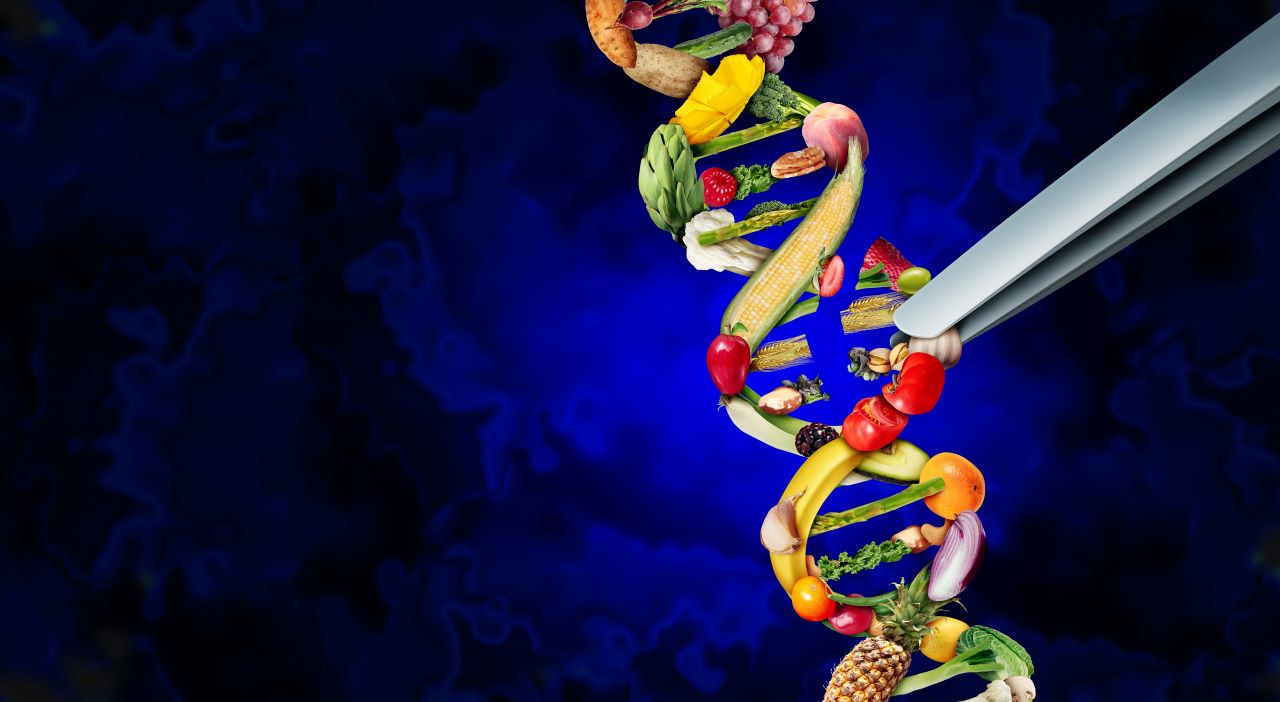Basic human traits such as eye and hair colour are determined by our DNA. However, more immeasurable characteristics such as personality, behaviour, and even intelligence are all influenced by genetics to varying degrees. It is these characteristics that make us uniquely human.
Each human cell has 1.8 metres of supercoiled DNA contained within its nucleus. Even with conservative estimates, the total number of cells in the average human body is approximately 30 trillion. If you were to uncoil all the DNA in your body into a single continuous strand it would be 54 trillion metres in length, enough to stretch from the Earth to the Sun and back 180 times. All that DNA is organised into hereditary units called genes, with humans having about 25,000 genes collectively known as the genome.
The Human Genome Project
Launched in October 1990, The Human Genome Project sought to sequence the entire human genome using a method called Sanger sequencing. The project involved thousands of researchers from 20 separate universities from around the world including the US, UK, France, Germany, Japan, and China, forming what became known as the International Human Genome Sequencing Consortium. The Human Genome Project was completed in April 2003 when the human reference genome was made public to the world. To this day, it remains one of the greatest scientific feats in history.
Despite its historic nature, the Human Genome Project had many setbacks, the greatest among them being the lack of genetic diversity. The human reference genome is a misnomer since 70% of the genome was sequenced from one American man of European and African descent. It, therefore, does not reflect the natural diversity of humans. For example, Sub-Saharan Africa is home to ‘The Cradle of Humankind’—the birthplace of humanity. Ironically, African populations are one of the most important, yet under-represented communities in genetic research.
The future of personalised medicine
In May 2023, scientists unveiled the pangenome, an update on the human reference genome that includes genetic maps of 47 people from the Americas, Europe, Africa, and Asia. The pangenome aims to address the implicit ethnic bias in genetic research by including a more diverse cohort, with further plans to increase the cohort size to 350.
See Also:
A better understanding of the minute difference between ethnicities will allow treatments to be tailored to specific populations. This will improve patient outcomes by providing more effective treatments with fewer off-target effects.
How well do you really know your competitors?
Access the most comprehensive Company Profiles on the market, powered by GlobalData. Save hours of research. Gain competitive edge.

Thank you!
Your download email will arrive shortly
Not ready to buy yet? Download a free sample
We are confident about the unique quality of our Company Profiles. However, we want you to make the most beneficial decision for your business, so we offer a free sample that you can download by submitting the below form
By GlobalDataThe first human genome cost $2.7bn to sequence. Current whole genome sequencing services can do the same for about $1,000. The ever-expanding pangenome, in conjunction with decreasing DNA sequencing costs, will shift modern healthcare towards a level of personalisation never before seen.







